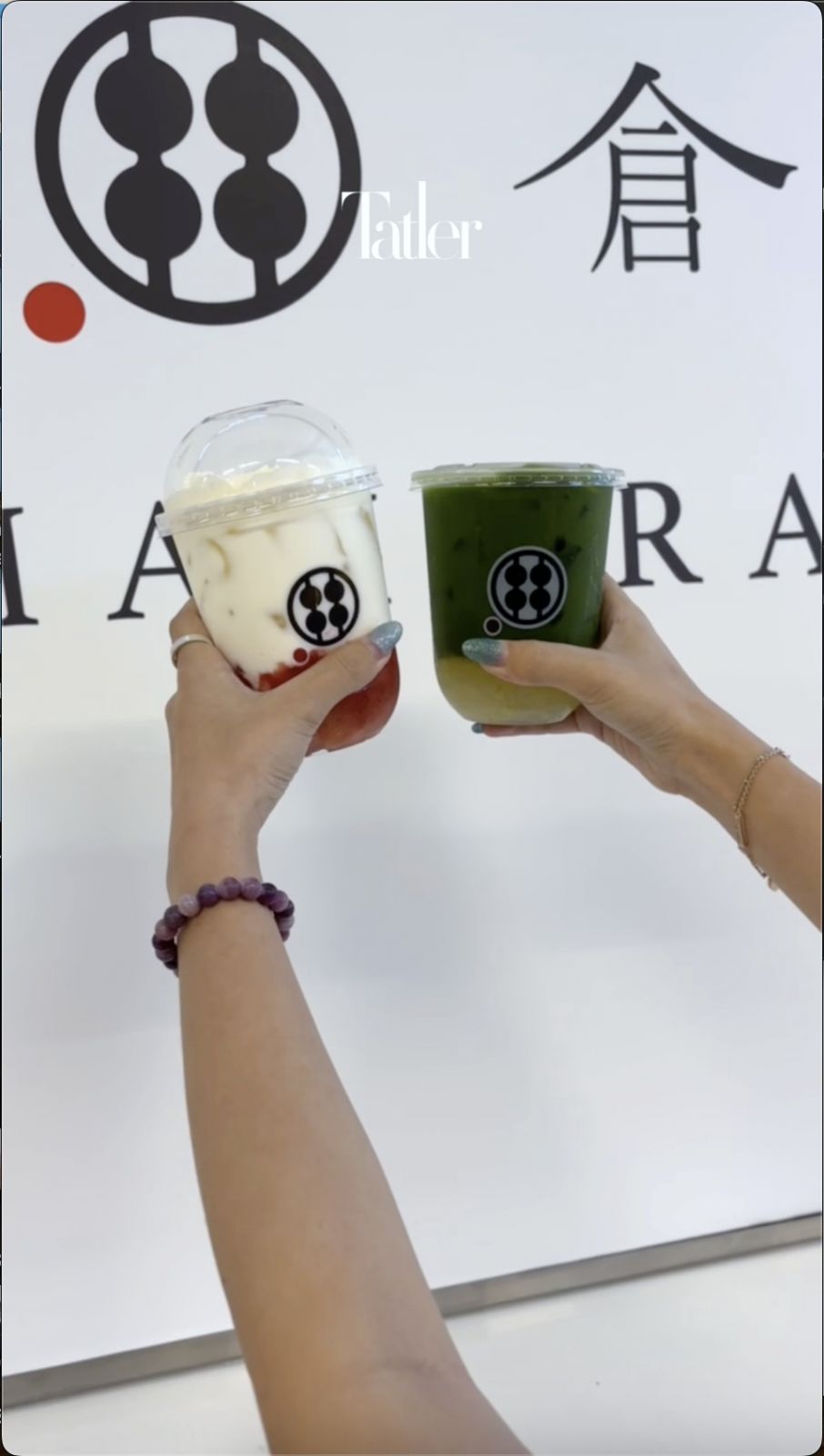Iconic Malaysian architect and Asia’s Most Influential honouree Hijjas Kasturi talks about his personal artistic journey
Hijjas Kasturi is known for architecting some of Malaysia’s most iconic modern buildings. From the dynamically twisting Menara Telekom to the elegantly tapered Tabung Haji Tower, the architect hose distinguished career spanning more than five decades has played a crucial role in shaping the vision of contemporary Malaysian architecture.
In an era when many Malaysian architectural endeavours leaned towards reinterpreting traditional elements to express national identity, Hijjas chose a path of “universal architecture” that skillfully incorporated local traditions. With graceful forms and meticulous attention to detail, his buildings seamlessly blend into their urban surroundings and are paradigms of sustainable tropical architecture.
In recent years, Hijjas, now in his 80s, has taken a step back from his architecture firm even though he actively participates in conferences. He also spends more time painting and has been one of the artists featured in the 4 Sad Architects art exhibition since it debuted in 2020. As 2023’s edition kicked off in mid-November, Tatler Homes sat down with Hijjas to talk about his third artistic act.
Read more: 3 architects’ most iconic works from their portfolios

What has your artistic journey been like?
Like many kids of my time, we were taught to draw and copy comic books for fun, but later, I continued art as a subject in school and joined an art club for a brief period, as well as an evening art class, before pursuing my architectural education overseas through the Colombo Plan Scholarship, sponsored by Australia.
In art studio class, we did outdoor sketching and watercolours occasionally. It was exciting and satisfying; I always looked forward to venturing to new places and seeing new faces.
See also: Meet the award-winning Malaysian architect intuitively repurposing heritage buildings
4 Sad Architects was first initiated by Architect Greg Dall and his senior staff to try our luck in a new venture that we had been apprehensive about; in a way, to resuscitate our pent-up desire to show our skill in art that we had neglected. I was not sure whether my art was good enough for the public. However, I entered anyway with some of my old oil paintings for exhibition and not for sale to test the waters. The response was good and encouraging.
During the COVID-19 pandemic, the opportunity presented much time to start painting again. Initially, I began to loosen my artwork to paint realistically with surrounding landscapes and objects in small formats and gradually changed the subject matter into abstract expressionism on larger canvasses. Sometimes, I experienced the feeling of agony after making self-criticisms and felt at a loss for the subject matter. It took perseverance and persistence to go forward. The economic doldrums helped by allowing art to fill up our idle time.













